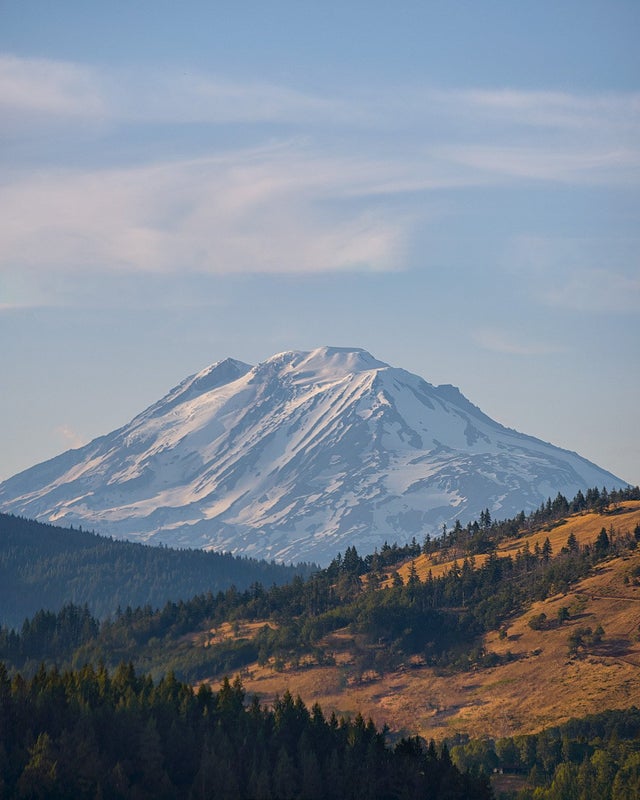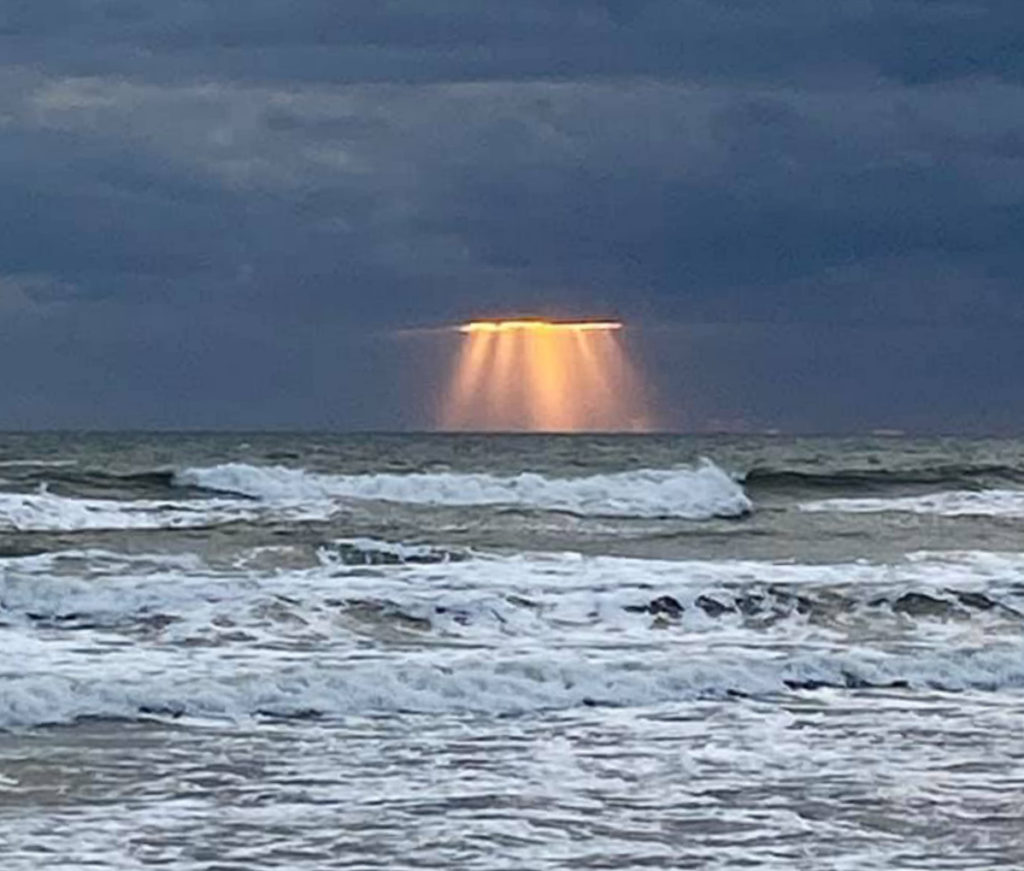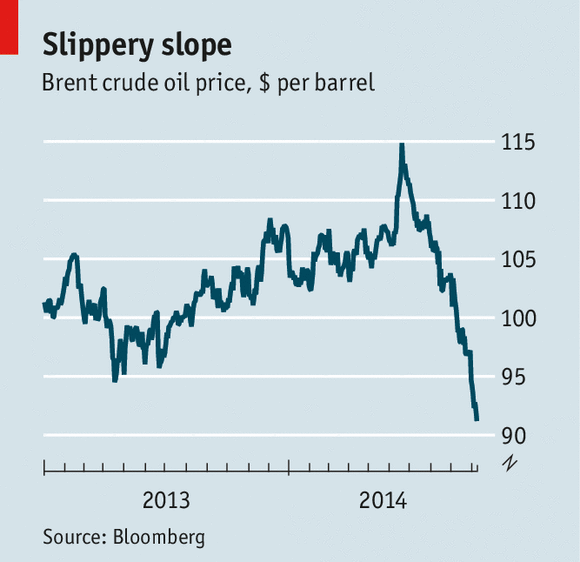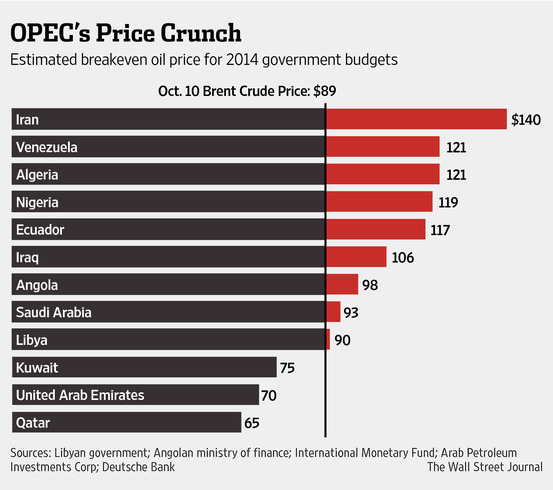The Daily Escape:

Mt. Adams, WA viewed from Rockford, OR – 2020 photo by eugene_captures
UPDATE:
Yesterday Wrongo said the price war in the crude oil markets would cause significant damage to the US fracking industry. And on cue, shares of US shale oil drillers collapsed by 25%-50%. Their bonds also got hammered. Here are a few of the victims:
- Occidental Petroleum, which is heavily involved in US shale oil and gas, saw its shares collapse by 53%. OXY’s bonds also collapsed, down by 34%.
- Chesapeake Energy, a former shale oil-and-gas giant focused on natural gas, plunged 28%.
- Shares of Whiting Petroleum, a shining star in shale-oil as recently as mid-2018, collapsed by 40%.
The Saudi-Russia price-war strategy looks as if it will be successful in wiping out investors in US shale-oil.
On to today’s issue:
Trump is a germophobe of long standing. A casual friend knew him quite well in the 1980’s when Trump was a young real estate entrepreneur trying to become a member of a fancy Westchester, NY country club. My friend’s husband was in the real estate business, and Trump’s father Fred prevailed on him to get the Donald into their club.
That led to multiple weekends where Trump would take a limo to Westchester to play golf with my friend’s husband and several buddies, all of whom were club members.
It turned out that Trump was a good golfer, so the men folk were ok with playing with him, except for the obvious cheating on the course. After each round, the group would adjourn to one of the members’ homes for a potluck, and it was there that Trump’s germophobe flag would fly. He wouldn’t shake hands, and he washed his hands often. He clearly preferred going through the buffet line first, to the extent that he otherwise wouldn’t eat.
There’s more to that story, maybe for another day. But Wrongo has often wondered how Trump became a politician, what with all of the casual hand-shaking. Vanity Fair has a story connecting Trump’s germophobia to the Coronavirus: (emphasis by Wrongo)
“Stories about Trump’s coronavirus fears have spread through the White House. Last week Trump told aides he’s afraid journalists will try to purposefully contract coronavirus to give it to him on Air Force One, a person close to the administration told me. The source also said Trump has asked the Secret Service to set up a screening program and bar anyone who has a cough from the White House grounds. ‘He’s definitely melting down over this,’ the source said.”
Trump admitted to James Comey that he was a germophobe in a discussion with the former FBI director about the so-called “Russian pee tape”. The New York Post reports:
“During a call on Jan. 11, 2017, Comey says, Trump launched into an explanation about how he hadn’t even stayed overnight in Moscow on the date in question.
‘Another reason you know this isn’t true: I’m a germophobe. There’s no way I would let people pee on each other around me, no way,’ he quotes Trump as saying.”
Ok, Wrongo’s convinced.
In a 2019 article, Politico says Trump:
“…asks visitors if they’d like to wash their hands in a bathroom near the Oval Office. He’ll send a military doctor to help an aide caught coughing on Air Force One. And the first thing he often tells his body man upon entering the Beast [the name for the Trump mobile] after shaking countless hands at campaign events: ‘Give me the stuff’— an immediate squirt of Purell.”
Politico also quotes Anthony Scaramucci:
“If you’re standing by him, and you’re going to look at something on his desk, and you lick your index finger to open the thing to try to catch an edge on the paper, he’ll smack your hand and be like ‘What are you, disgusting?’”
Now some of Trump’s actions, washing hands, and using Purell are completely sensible, even for all of the non-germophobes out there.
But, dealing with the Coronavirus by minimizing its seriousness, and being paranoid about a reporter purposely infecting him seems to be more of his debilitating germophobia.
Is Karma a bitch or what?



